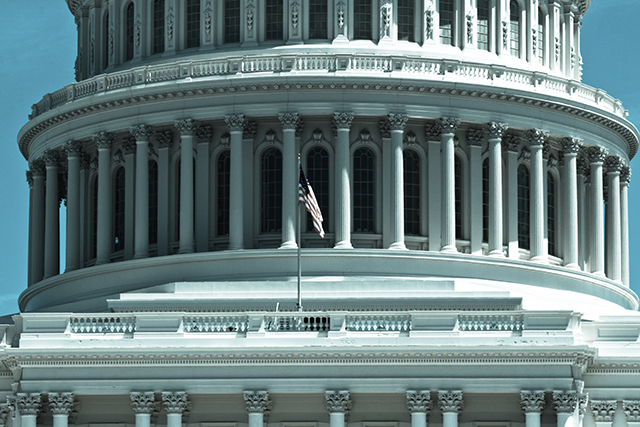As this morning’s USA Today headline put it, “Government often has 10 agencies doing one job.”
That was the takeaway from the fourth annual report by the U.S. Government Accountability Office detailing unnecessary duplication in federal government programs. Yet, Congress has done little to bring budgetary common sense to Washington by either consolidating or eliminating the duplicative and wasteful programs—despite the fact that the federal government is over $17 trillion in debt, and Congress spends hundreds of billions on discretionary programs each year that are often redundant and ineffective.
In the previous three reports, the GAO found that Congress spent:
- $18 billion on 47 employment and training programs in FY 2009;
- $13.3 billion on 45 early learning and child care programs in FY 2010; and
- $4.5 billion in FY 2012 on 76 drug abuse prevention and treatment programs.
For nearly all of the federal programs reviewed by the GAO there is little evidence to suggest that Congress is effectively spending tax dollars. More alarming, however, is the fact that Congress continues spending money on federal social programs that are known to be ineffective. And this problem is further exacerbated by Congress’s tendency to double down and try to create new federal programs on top of similar programs that have failed to be effective.
For example, consider how President Obama and some members of Congress have attempted to create new early childhood education programs—despite the failure of the federal government’s existing flagship early childhood learning programs, Head Start and Early Head Start. After undergoing rigorous scientific evaluations, both of these programs have been found to yield little to no benefits to participating children.
Congress needs to restore wise stewardship of the federal treasury. For the past four years, the GAO has given Congress a handy resource for identifying programs worthy of consolidation and elimination. Unfortunately for taxpayers, Congress has not used this tool.
